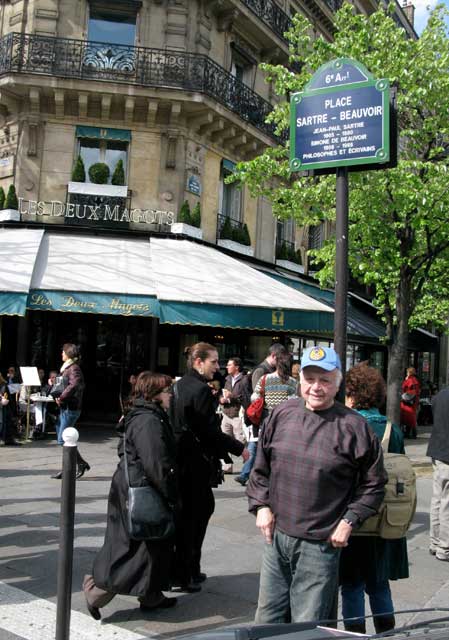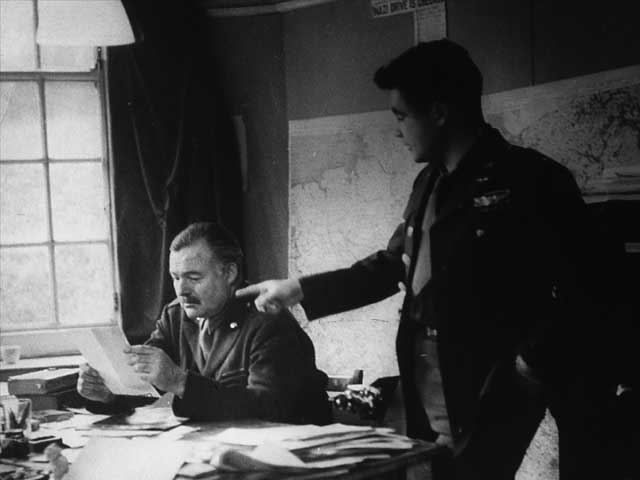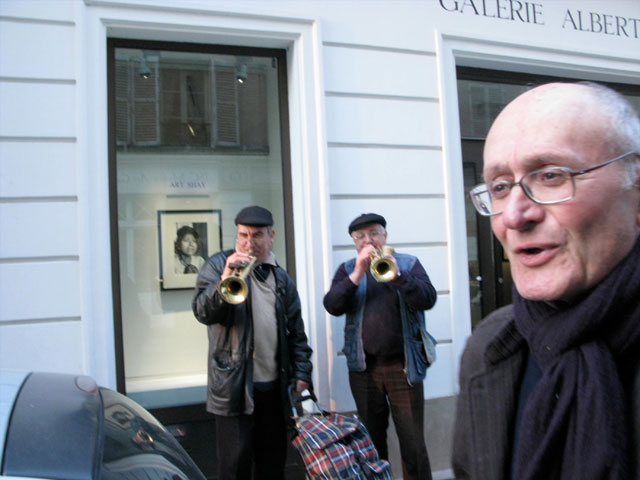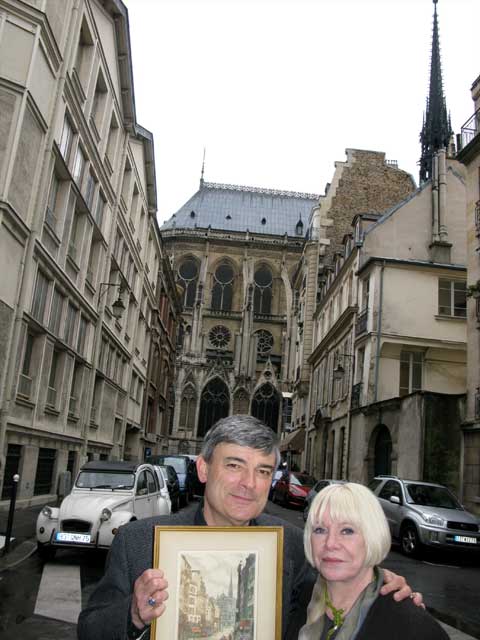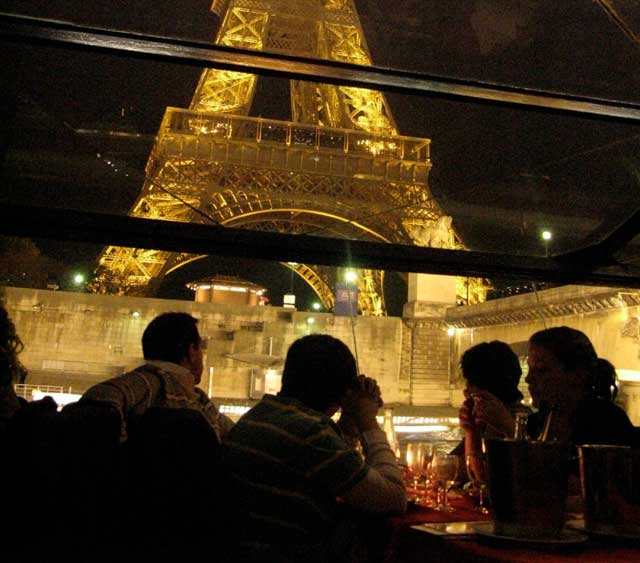From the Vault of Art Shay: Masterpiece
By Chuck Sudo in News on Jul 20, 2011 4:00PM
There are certain masterpieces that speak for themselves: the hole in one; Derek Jeter's 3000th hit; the Mona Lisa.
Less than two months ago, our own local masterpiece, Roger Ebert, proclaimed Woody Allen's new movie Midnight in Paris a masterpiece. I saw it with a full house (one of five full houses in a day) the week it opened at the Renaissance in Highland Park. We oldies played the cultural recognitions game right out the lobby doors, and though the movie built an audience largely by word of mouth, I saw it again just now with my wife in her wheelchair, and there we ten of us in the audience. The movie has been about a third up the money scale since the beginning. This is sad, possibly because it shows how few young people get it. Everyone knows the plot from the reviews and those wordy mouths, so let me open a few more windows, let me pass out a few trick cards as Nabokov loved to do for fun. I might induce a few more of you who'd love this flick, to attend.
Midnight in Paris has a kind of dystopian plot: a young Hollywood movie hack (standing in for author-actor Allen) and his gorgeous wife-to-be, played by Rachel McAdams go on a pre-wedding trip to modern day Paris. Her stuffy, rich Republican parents tag along.
There were no cars sailing through the digital air, no high-speed erector sets rejuvenating gentle monsters as they coil through high rises like titanium serpents. No jogging, no kowtowing to the new Green Lantern, few timely inside jokes. Just Owen Wilson, in love with the writers and painters of the 1920s, trying to sop up enough of their residual glow that still lights Paris, so that he can write a better novel than the manuscript he's brought along to work on.
Each midnight, as we hear the bells of Notre Dame chime the magic hour, an ancient yellow taxi rumbles up and takes our hero Gil Pender into the Twenties. Thus he gets to meet Scot and Zelda Fitzgerald, Hemingway, Picasso, Matisse, Buñuel, Man Ray, Gauguin (appearing with a presumably artificial ear) and the truncated Toulouse Lautrec, T.S Eliot, a hilarious Dali, the collectors Leo and Gertrude Stein. (When our hero sees Gertrude pay Matisse 500 francs for one of his paintings he shyly asks if he could buy 6 or 7 at that price. The first science-fiction flick, in my memory, where the accrual of value of seminal art objects is hinted at.
The preposterous mock Hemingway speech emerging from Papa's mouth is a riot. ("Have you ever shot a charging lion?" he asks our meek hero, "or made love to a woman who..." You get the idea. Zelda, lovely as in real life, is a flake, and Scott is a gentleman a little concerned when Zelda goes off dancing with bullfighter Belmondo, Hemingway's model of courage. Djuna Barnes appears, as does one of the Louis kings, out of his own and our hero's time. Other epochs are considered.
I had an exhibition at Galerie Loeb three years ago, and a couple of pictures up at the Louvre some months ago (one sold - the Simone de Beauvoir nude in Chicago) and the loving lenses of Woody's camera crews brought it all back, especially the beauty of Paris in the rain.
I glimpsed the lovely street near Notre Dame that our Chicago friends the Quackenbushes inhabit and caught a flash of the little neighborhood restaurant they took us too that has their name etched into some of their utensils.
Midnight also brought me back to my meeting Hemingway, seeing the streets my Galerie owner Loeb walked with his father and Picasso talking prices and exhibition dates. Man Ray reminded me that my friend Billy Corgan has a Man Ray vintage print stashed near one of my vintage prints of Muddy Waters.
The movie reminded me that my first bombing mission was taking out the Nazi hangars that abutted Orly Airport in 1944, structures built by Goering to service his yellow-tailed Focke-Wulfs, one of which I would, on Yom Kippur Sept. 27, 1944, have the pleasure of shooting down.
I also took personally the remark hurled by Woody's almost father-in-law - to say hello to Trotsky.
Trotsky was my father's boyhood pal in 1905, and his character also figured in an important movie: the one in which Mexican painter Frida Kahlo, though married to muralist Diego Rivera, was having an affair with Leon Trotsky right under her husband's nose but, unfortunately, also under the nose of the Russian assassin Stalin sent with claw hammer, gun and poison kit in hand, to wipe out Trotsky, making Stalin's hegemony certain.
Even in a masterpiece, or especially in one, it's all connected.
Go see "Midnight in Paris" to make your own connections . It's by far the best intellectual date movie of the year.
If you can't wait until this time every Wednesday to get your Art Shay fix, please check out the photographer's blog, which is updated regularly. Art Shay's book, Nelson Algren's Chicago, is also available at Amazon.
